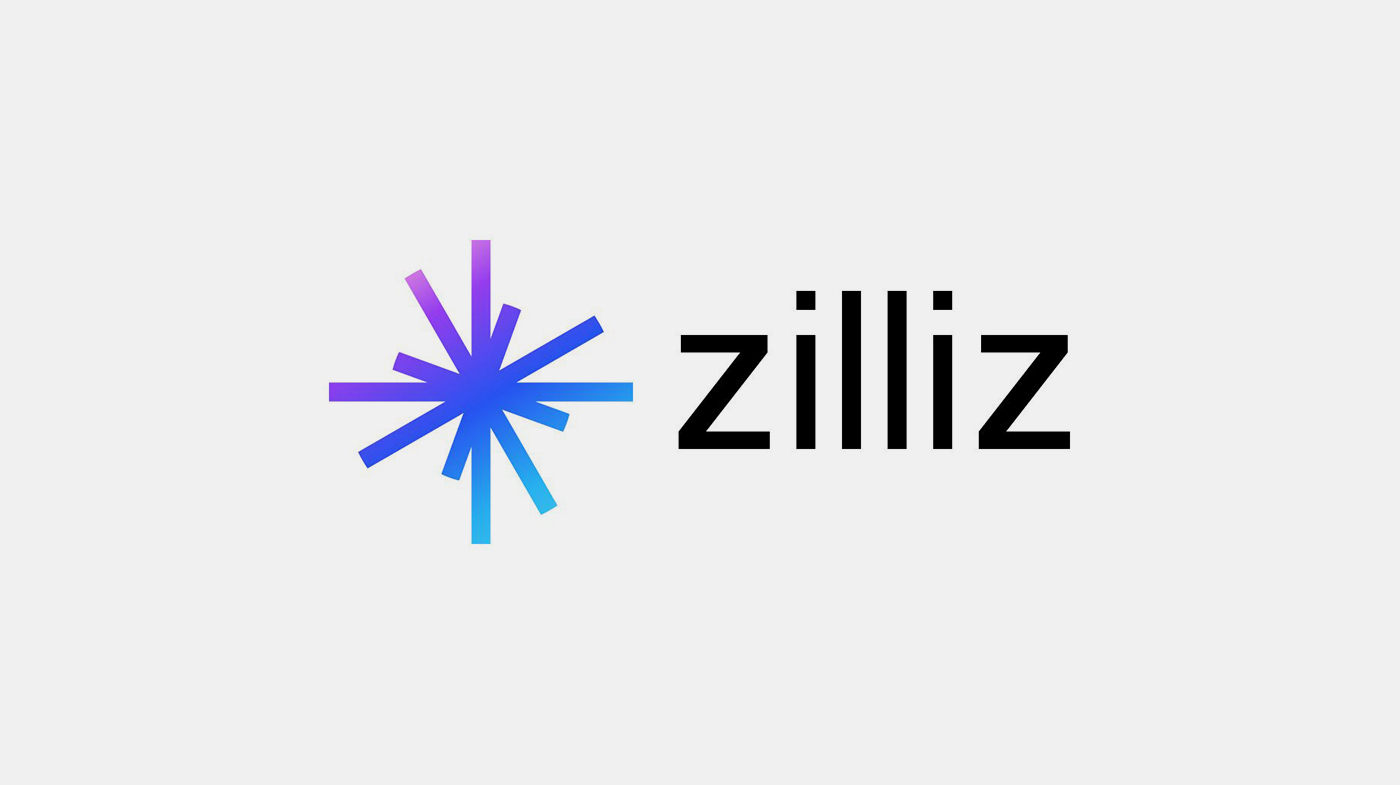Saturday , 22 November 2025
- Sections
- Technologies
- Infra EPC
- People/ Newsmakers
- Newsletter
- Resources
- Sections
- Technologies
- Infra EPC
- People/ Newsmakers
- Newsletter
- Resources
- Sections
- Technologies
- Infra EPC
- People/ Newsmakers
- Newsletter
- Resources
Recent Posts
Home
Enterprise
Natural Language Will Overtake SQL as the Default Interface for AI Data Workloads: Zilliz
EnterpriseProducts / Applications Natural Language Will Overtake SQL as the Default Interface for AI Data Workloads: Zilliz

Recent Posts
Categories
- Artificial Intelligence (AI221
- Cloud computing / Data centre77
- Cyber Security139
- Education Tech37
- Enterprise302
- FinTech30
- Gaming2
- Government/PSU10
- Hardware106
- Health Tech5
- Infra EPC7
- Infrastructure85
- People/ Newsmakers23
- Power29
- Products / Applications578
- Software371
- Tech Experts1
- Technologies2
- Telecom98
Related Articles
Artificial Intelligence (AI)Enterprise
Dell Technologies Advance Enterprise AI Innovation With NVIDIA
Dell AI Factory with NVIDIA advancements accelerate deployment of AI applications, from...
BydtcNovember 18, 2025
Products / ApplicationsSoftware
OpenText unveils AI Data Platform to strengthen enterprise data governance
OpenText, a global leader in secure information management for AI, today announced...
BydtcNovember 18, 2025
Products / ApplicationsTelecom
BCSSL Partners with Konkan Railway to Showcase 5G Services
Blue Cloud Softech Solutions Limited, an emerging leader in AI and Cybersecurity...
BydtcNovember 18, 2025
EnterpriseProducts / Applications
Gartner Identifies Critical GenAI Blind Spots That CIOs Must Urgently Address
Gartner, Inc., a business and technology insights company, identified critical blind spots...
BydtcNovember 18, 2025













